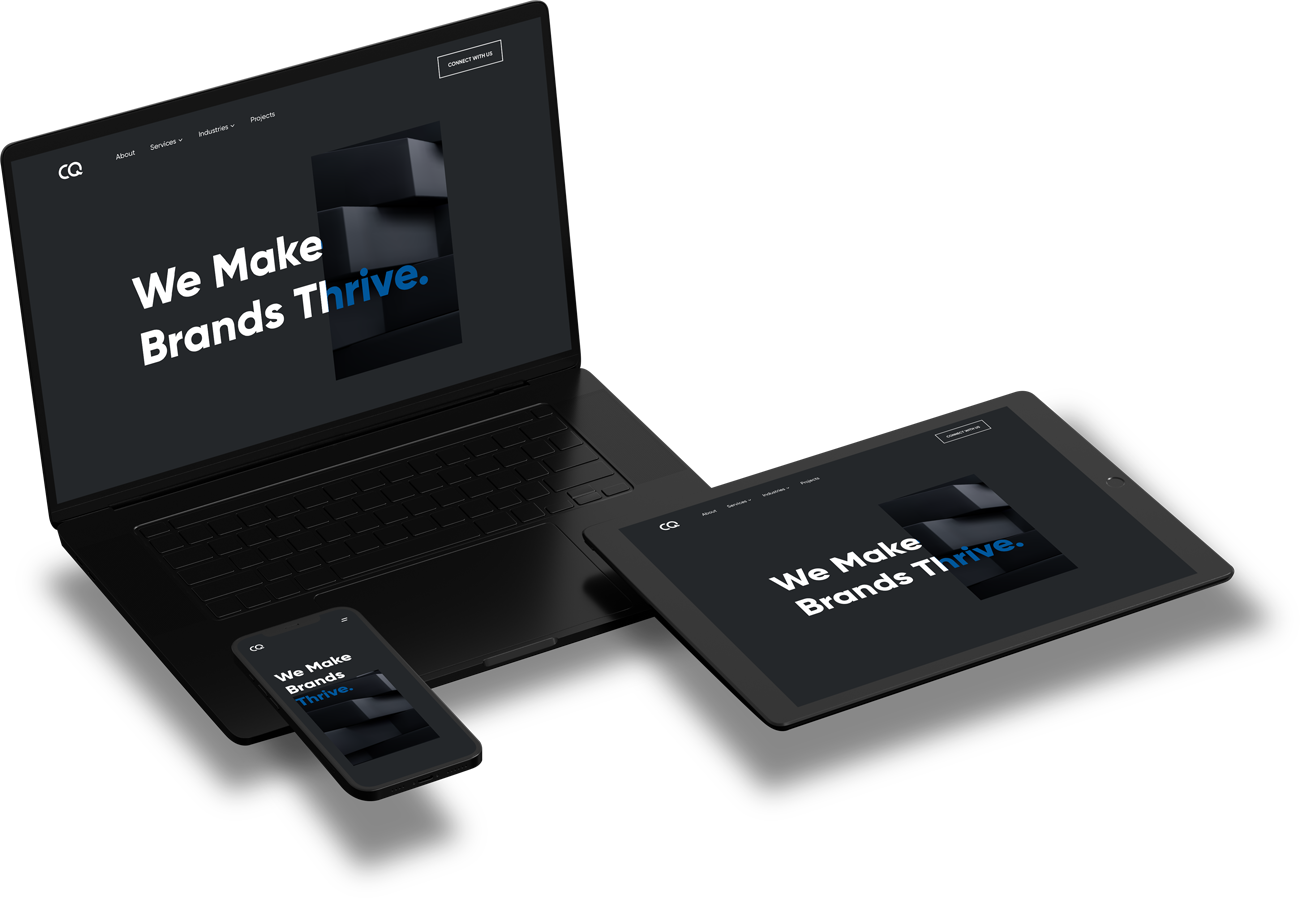 December 7, 2022
December 7, 2022

Purchasing off-the-shelf software and building custom solutions from scratch differ in many ways. The two most crucial are the wait time and the expenses, which are critical issues for many businesses. A bespoke software development company prefers to employ commercial products because they can begin utilizing them immediately; nevertheless, there is a reason why bespoke software solution development requires both time and money.
Software engineers in the USA use the customized software development process to design a comprehensive plan for generating a high-quality software product. This procedure is called the Software Development Life Cycle (SDLC).
Many custom software development firms use the SDLC paradigm to improve operational processes and offer innovative software solutions. Furthermore, since managing software projects is complicated and time-consuming, this method assists in setting feasible goals within the specified time and budget.
There are several software development models, the most prominent of which are the Waterfall model, Spiral model, and Agile model. Each process model takes a unique strategy to ensure the product is delivered correctly. Though the methodologies differ, key phases are shared by all models. The following are the fundamental stages that enable a software development company to succeed in 2023:
The first consultation is the first phase in the bespoke software development process. This stage is critical for creating project specs and goals. Who, for example, will utilize the software? What do you hope to accomplish? How do you anticipate the product working?
During this phase, they organize multiple meetings to gather your needs and choose the best approach to the project. The service provider will identify any problems with your present software and set goals for your new system. They will also go through any issues you have, from cost to timing.
Following the first consultation, they examine the proposal’s viability and outline it in further detail. These considerations include how long the project will take, how much it will cost, and the resources needed to finish it successfully. During this phase, it is common to determine team member involvement and compute the project’s return on investment (ROI).
After we have agreed on the project criteria, our design team will begin creating wireframes and prototypes of the software architecture. This step not only allows our designers to exhibit how the final product could appear and feel, but it also allows them to demonstrate their creative flare. This is also a perfect moment to offer mock-up displays and interfaces so the customer can become acquainted with the product.
Coding and development is the longest but most crucial element of the custom software development process. The development team will develop your solution from the front and back end through full-stack development.
The model will determine the method of coding and development decided upon during the consultation phase. Agile is the most popular of the previously described methods since it supports continuous development testing iteration.
We have daily Scrum meetings as part of the Agile approach, where each team member shares their progress and reports any difficulties. Such gatherings improve teamwork and operational efficiency.
A quality assurance team runs the code through a series of tests to ensure no errors and flaws before delivering it to the customer. Furthermore, they will do functional and non-functional testing to eliminate any bugs or logical problems that may have happened. The duration of the quality assurance testing process is depends on the developer’s abilities, program’s complexity, and the customer’s needs.
The program is implemented and deployed when the tests are completed successfully. However, it is more complex than providing the client with the product. It is either launched all at once or in phases, depending on the project’s complexity.
Maintenance is the final stage of the bespoke software development process and is critical to ensuring the product works properly. It is a fantastic benefit of bespoke software since it allows us to continue serving our clients after deployment. CraftedQ takes pleasure in our long-standing connections with our clients. Our continuous maintenance services ensure that we will continue to care for their goods, guaranteeing quality for years to come.
Bespoke software development services offer Agile software development to complete on time and under budget. It sees us using a flexible strategy that yields speedier outcomes by allowing us to move forward while dealing with change as it occurs.
This method of planning and improvement involves regular work and status reports, as well as agreed-upon milestones along the route so that everyone knows where a project is, and it maintains momentum.
CraftedQ has a unique working style. Our customers like it, and we hope you will as well. Whether you require end-to-end custom software development services or technical implementation against a set scope of work, our developers will offer software solutions that aid in the achievement of your business objectives:
